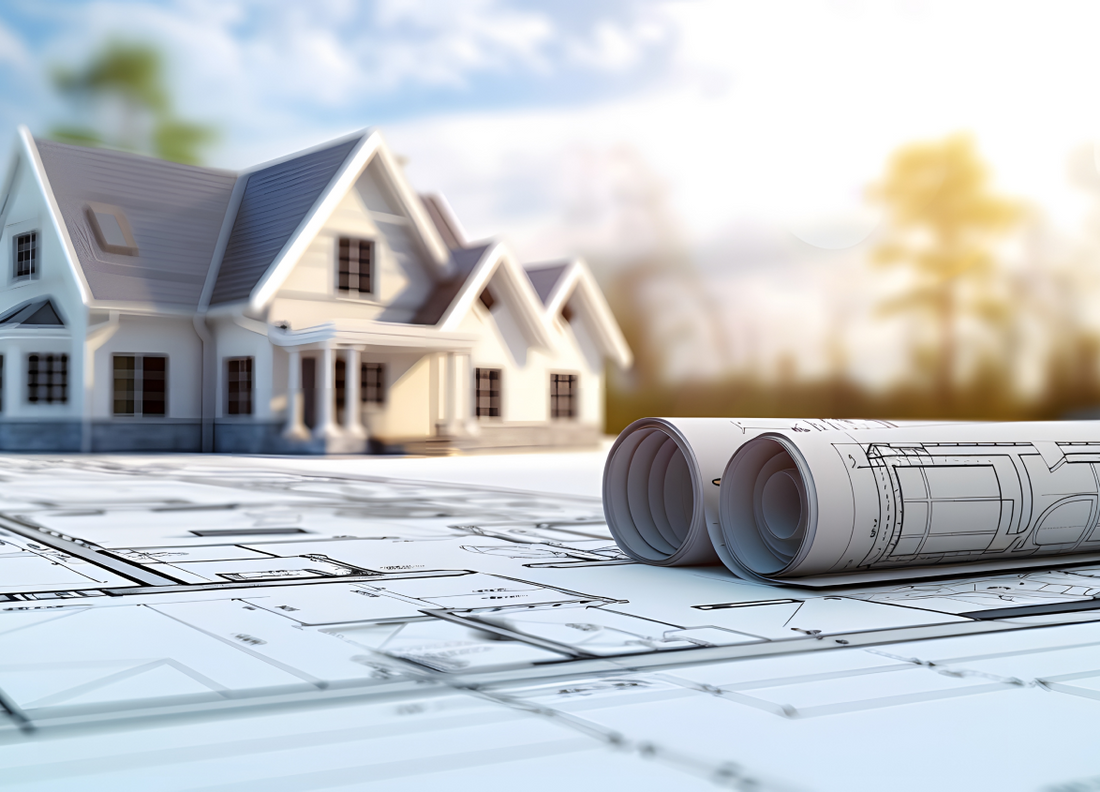
Denmark Real Estate Market Set for Steady Growth with Population Surge and Urbanization
Share

The Denmark Real Estate market, is expected to reach USD 110 million with a compound annual growth rate CAGR of 4% by 2030, according to new research by Next Move Strategy Consulting.
Claim Your FREE Sample and See the Difference!
The primary drivers of this market growth are the increasing population and the rising demand for housing, offices, and commercial spaces. As Denmark’s population continues to grow, the need for infrastructure has surged, presenting significant opportunities for real estate developers and investors. By recognizing these demographic trends, industry stakeholders can make informed decisions on where to invest, the types of properties to develop, and how to tailor their offerings to meet the specific needs of the local population.
Urbanization and infrastructure development play a crucial role in shaping the real estate market. As urban areas expand, the quality and availability of infrastructure become essential drivers of property demand and values. Enhanced transportation networks, including highways and public transit systems, increase the accessibility of locations, making them more attractive for real estate development. Proximity to job centers and business districts also influences demand, as individuals increasingly seek homes near their places of employment to reduce commute times.
The trend toward mixed-use developments—integrating residential, commercial, and recreational spaces—has also gained prominence in Denmark. These developments foster walkability, create a sense of community, and enhance the overall quality of life for residents, all of which contribute to the rising value of real estate in urban areas. The continued development and improvement of infrastructure are key factors in making locations more appealing to investors and developers.
However, the real estate market is facing environmental challenges related to construction and property development. With growing awareness of ecological issues, governments and communities may introduce regulations that mandate eco-friendly building practices, such as energy-efficient buildings, waste reduction, and the use of sustainable materials. While these regulations could increase construction costs, they also provide an opportunity for developers and investors to incorporate green and sustainable solutions into their projects. Staying informed about evolving environmental standards will be essential for stakeholders to navigate these challenges successfully.
Conclusion: The Denmark Real Estate market is poised for steady growth, driven by increasing population, urbanization, and infrastructure development. The growing demand for mixed-use developments and improved transportation networks presents lucrative opportunities for real estate professionals. While environmental concerns may raise construction costs, the focus on sustainability and eco-friendly practices is an opportunity for developers to align with emerging trends. By adapting to these changes and integrating sustainable solutions, investors and developers can thrive in the evolving Denmark real estate market.